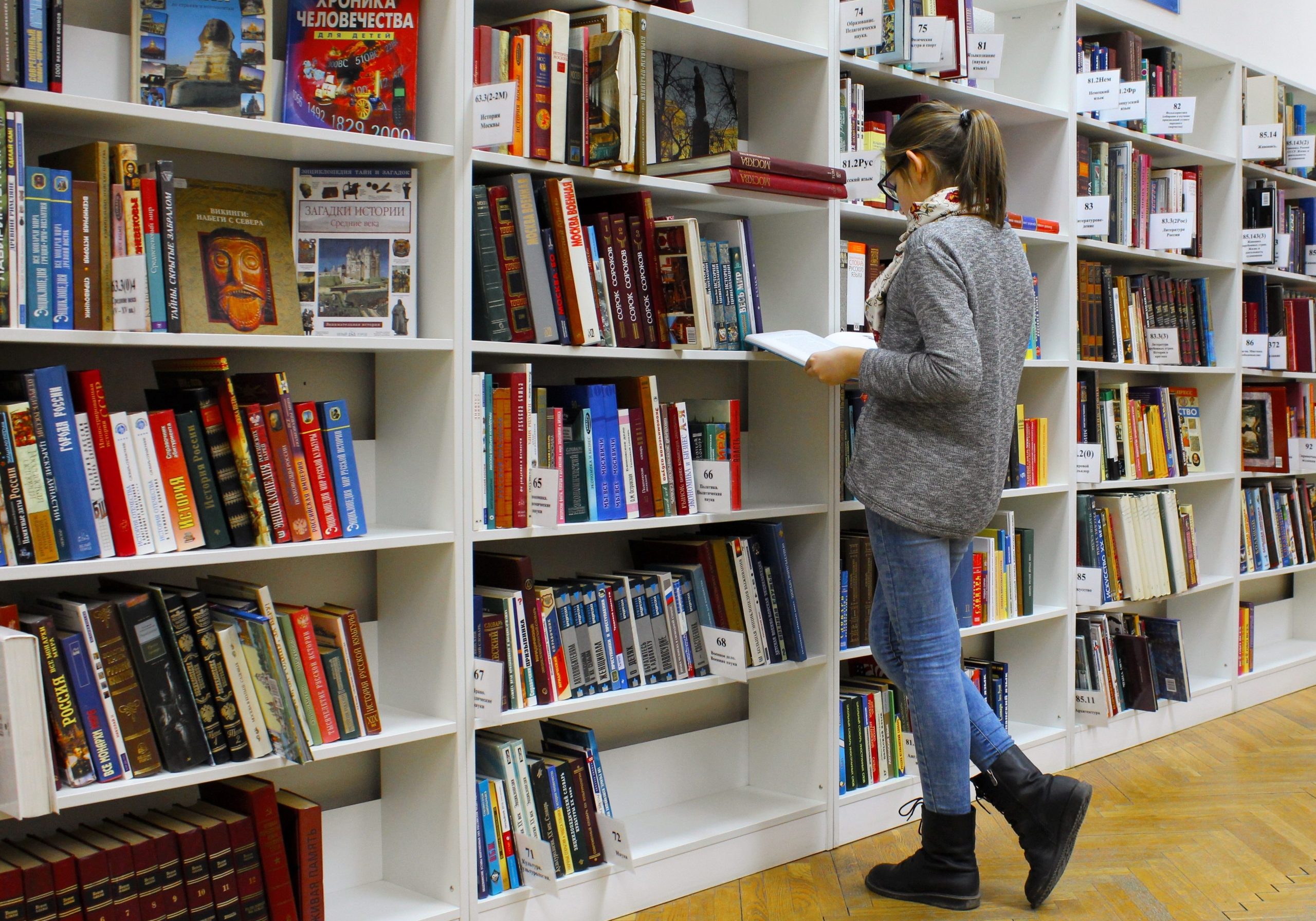How libraries can build community through gaming
At Uplink Underground Games, we love libraries almost as much as we love board games. We encourage our local branches to champion themselves as Centers of Excellence in board gaming. To that end, we humbly offer a few modest proposals in how to energize your local community around the gaming table. *** Game Hack Nights…

